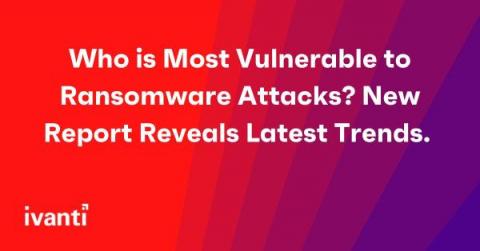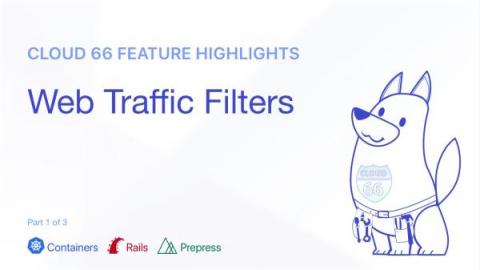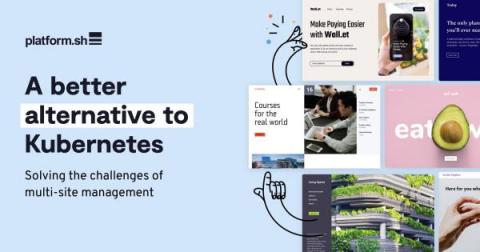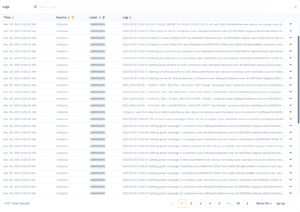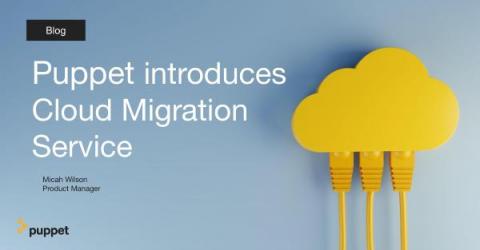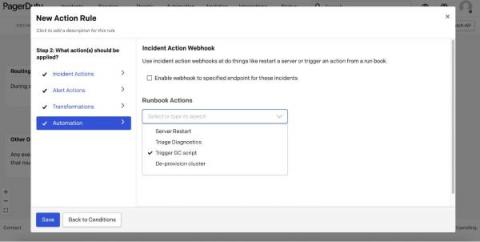Who is Most Vulnerable to Ransomware Attacks? New Report Reveals Latest Trends.
No one will be surprised to hear that ransomware is, once again, on the rise. The last two years have seen a stratospheric increase in both the frequency and sophistication of attacks. In a just-released report from Ivanti, Cyber Security Works and Cyware, 2021 closed out with alarming statistics including a 29% increase in CVEs associated with ransomware, and a 26% increase in ransomware families compared to the previous year.


